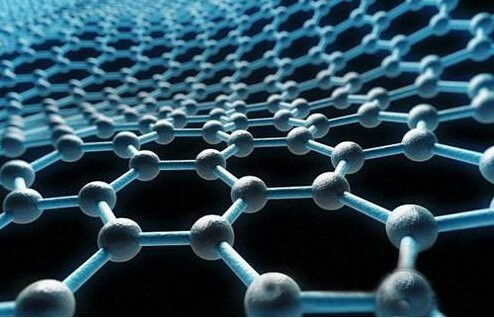What is Graphene and The contribution of Graphene to the development of battery technology
Aug 16th 2016
It was reported in November 2015 that a company of communication equipment published a latest product in a high-profile. The product uses Graphene as a battery material, which can greatly shorten the charging time and improve the battery charging capacity. This report caused bring to public attention in one stroke and arise the community's concern to graphene to a new height.

1.What is Graphene?
Graphene is a two dimensional crystal composed of carbon atoms, separated from the graphite material. Graphene is not only the thinnest material but also the most resilient material, whose break strength is 200 times higher than the best steels. At the same time, it has a very good flexibility, whose stretching range can reach to 20% of its own size. Currently, it is the thinnest and the highest intensity material in our nature. Graphene, called "black gold", is thinnest, whose strength is maximum and conductivity for electric and heat is among other new nano materials In a word, graphene is a kind of nanometer material with high strength, high elasticity and high conductivity.
